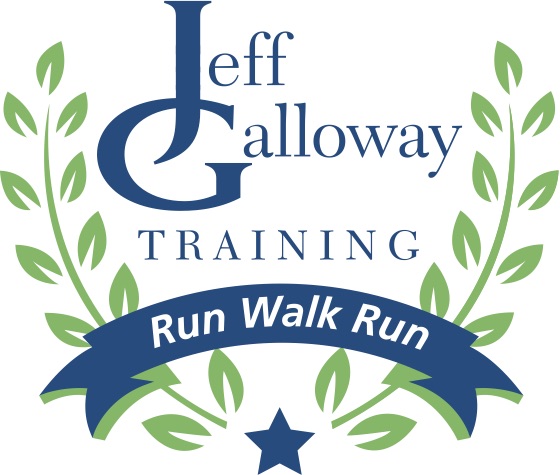Running is nothing new. The ancient Greeks had foot races at least as early as 776 B.C., the year of the first Olympics. The famous runner Phidippides, in 490 B.C., covered 300 miles in four days to solicit help from neighboring Sparta against the imminent invasion of Athens. In pre-industrial England, footmen were sent running ahead of horse-drawn carriages to warn their lords of danger. To this day, the Tarahumara Indians of northwestern Mexico compete in foot races and cover 150-200 miles a day – kicking a ball along the way. Running as a sport has existed for centuries, from informal tests of ego and will, to high school track meets, to the Olympic games, but only recently have people from all walks of life taken to the roads en masse.
The reasons for running are diverse: to lose weight, become fit, feel good, reduce stress, compete, or share the experience with others. It may also have something to do with the advanced state of technology. Most work formerly done by hand is now done by machines. While our distant ancestors led physically active lives, covering long distance to gather roots, nuts and grains or to pursue game; while our grandparents or great-grandparents tilled the fields for food and handcrafted everyday necessities, we now find ourselves in a largely sedentary economy.
In increasing numbers, people are seeking to regain the health, fitness and leanness that was once natural to our physically active predecessors. A new spirit seems to have arisen. Perhaps when a society attains a high level of industrial and technological efficiency, those people who have long neglected their physical nature react and begin seeking ways to establish harmony between body, mind and spirit.
